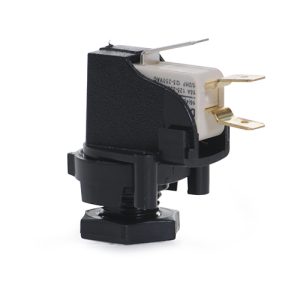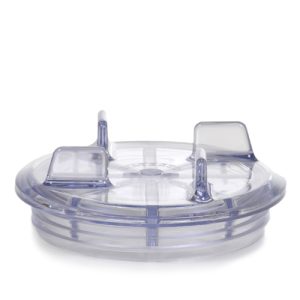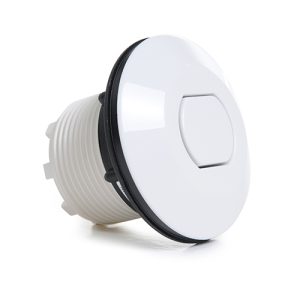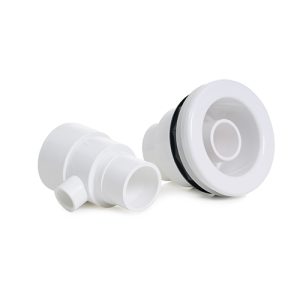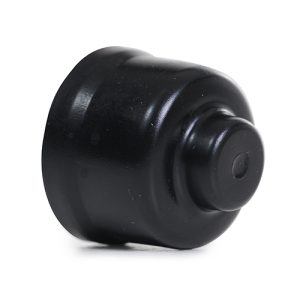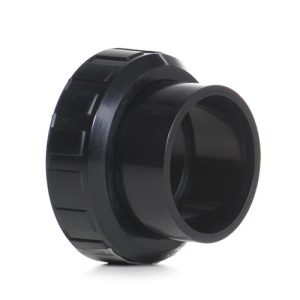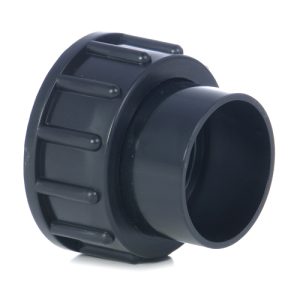BIO-UV Plastic Washer
£14.80 Inc VAT
Out of stock
Want to be notified when this product is back in stock?
BIO-UV Plastic Washer
Precision Spacing Component for UV Assembly Integrity
As a retailer of hot tub spare parts and pool equipment, I supply this specialized plastic washer designed for BIO-UV ultraviolet water treatment systems. While washers are often considered simple components, this precision-manufactured spacer plays crucial roles within the UV reactor assembly, including load distribution, component alignment, vibration damping, and protection of fragile quartz elements from direct contact with metal surfaces. The plastic washer’s specific material composition and dimensional tolerances are engineered to function reliably within the demanding chemical and thermal environment of UV water treatment equipment.
Understanding Washer Function in UV Systems
Within UV reactor assemblies, plastic washers serve multiple engineering functions beyond simple spacing. These components distribute compression loads across broader surface areas, preventing concentrated pressure points that could damage quartz sleeves, O-rings, or other sensitive elements. The washer acts as an interface between dissimilar materials, accommodating differences in thermal expansion rates and preventing galvanic corrosion that might occur if incompatible metals contacted each other directly.
Plastic washers also provide electrical insulation where needed, separating conductive components to prevent unwanted current paths. Their smooth surfaces reduce friction during assembly and disassembly procedures, protecting threaded components and sealing surfaces from scoring or galling that could compromise system integrity. The specific placement of washers within the assembly ensures proper spacing between components, maintaining the precise geometric relationships required for optimal UV system performance.
Material Selection and Properties
BIO-UV plastic washers are manufactured from engineered polymers selected for their specific performance characteristics in pool and spa water treatment applications. The material must resist chemical attack from chlorine, bromine, pH-adjusting chemicals, and various sanitizing agents without swelling, degrading, or losing dimensional stability. The polymer must maintain its mechanical properties across the temperature range encountered during UV system operation, typically from ambient storage temperatures through the elevated temperatures generated by operating UV lamps.
The material’s hardness and elasticity are carefully balanced to provide sufficient rigidity for load distribution while offering enough compliance to accommodate minor surface irregularities in mating components. The plastic must resist compression set, maintaining its thickness and load-distributing function throughout extended service periods despite being subjected to continuous compression forces. UV resistance is essential, as the washer may be exposed to stray UV radiation within the reactor assembly that could degrade conventional plastics.
Assembly Positioning and Installation
The plastic washer’s precise positioning within the UV assembly is critical to its proper function. Installation typically occurs during lamp replacement, quartz sleeve servicing, or gland nut assembly procedures. The washer must be oriented correctly, with any chamfered or beveled edges positioned to match mating component geometry. Clean installation is essential, as any contamination on washer surfaces can interfere with proper sealing or create stress concentrations in adjacent components.
During assembly, the washer should remain properly centered and seated against its mating surface. Misalignment during installation can result in uneven load distribution, compromised sealing, or binding during tightening procedures. The washer’s dimensions are precisely controlled to ensure it fits properly within the assembly stack, neither protruding beyond component boundaries nor leaving excessive gaps that would compromise its spacing function.
Load Distribution and Component Protection
One of the plastic washer’s primary functions is distributing compression loads from threaded fasteners across larger surface areas of more fragile components. When a gland nut is tightened to compress an O-ring seal, the resulting forces could concentrate at narrow contact points without the washer’s load-spreading function. This concentration could crack quartz sleeves, distort O-rings beyond their designed compression range, or damage other sensitive elements.
The washer transforms point or line contact into distributed area contact, reducing stress levels in adjacent components while maintaining sufficient compression for reliable sealing. This load distribution extends the service life of expensive components like quartz sleeves and reduces the risk of damage during installation or adjustment procedures. The washer’s presence also helps maintain more consistent compression around seal circumferences, improving sealing reliability.
Thermal and Mechanical Considerations
UV reactor assemblies experience thermal cycling during operation as lamps heat up and cool down with system on/off cycles. Different materials within the assembly expand and contract at different rates, creating relative movement between components. Plastic washers accommodate these dimensional changes while maintaining adequate load distribution and component spacing throughout thermal cycles.
The washer material’s lower thermal conductivity compared to metal components provides some thermal isolation, reducing heat transfer between elements and helping maintain temperature-sensitive components within their operating ranges. This thermal barrier function can be particularly important in protecting O-rings and other elastomers from excessive heat that would accelerate degradation.
Replacement Indicators and Maintenance
Plastic washers generally provide long service life but should be inspected during routine UV system maintenance. Signs that replacement may be necessary include visible deformation or compression set that reduces washer thickness, cracking or splitting of the plastic material, discoloration indicating chemical attack or thermal damage, or surface degradation that could compromise component protection.
Many UV system maintenance protocols recommend replacing plastic washers whenever the assembly is disassembled for lamp or quartz sleeve service. The modest cost of replacement washers makes preventive replacement economically sensible compared to the risk of component damage from degraded washers. Maintaining spare washers in inventory ensures service procedures can be completed without delays when inspection reveals degradation requiring immediate replacement.
Technical Specifications
| Specification | Details |
|---|---|
| Product Name | BIO-UV Plastic Washer |
| SKU | 7111676105 |
| Category | UV System Spare Parts |
| Compatible Equipment | BIO-UV UV Reactor Systems |
| Weight | 0.1 kg |
| Dimensions (L x W x H) | 0.035m x 0.035m x 0.01m |
| Volume | 1.2 × 10⁻⁵ m³ |
| Material Type | Engineered Plastic Polymer |
| Primary Functions | Load Distribution, Component Spacing, Vibration Damping |
| Application | UV Reactor Assembly |
Supporting System Reliability
The plastic washer exemplifies how seemingly simple components contribute significantly to overall system reliability and performance. Its precision engineering and material selection reflect the attention to detail required for effective UV water treatment equipment. By properly maintaining these components and replacing them when inspection reveals degradation, UV system operators protect more expensive elements while ensuring the dimensional accuracy and sealing integrity essential for consistent water treatment performance. The washer’s role in distributing loads and protecting fragile components makes it a worthwhile investment in preserving the overall UV system investment.
| Weight | 0.1 Kilograms |
|---|---|
| Length | 0.035 Meters |
| Width | 0.035 Meters |
| Height | 0.01 Meters |
| Volume | 1.2E-5 CubicMeters |
| Supplier | GoldenC |
Related products
Spares
Spares



